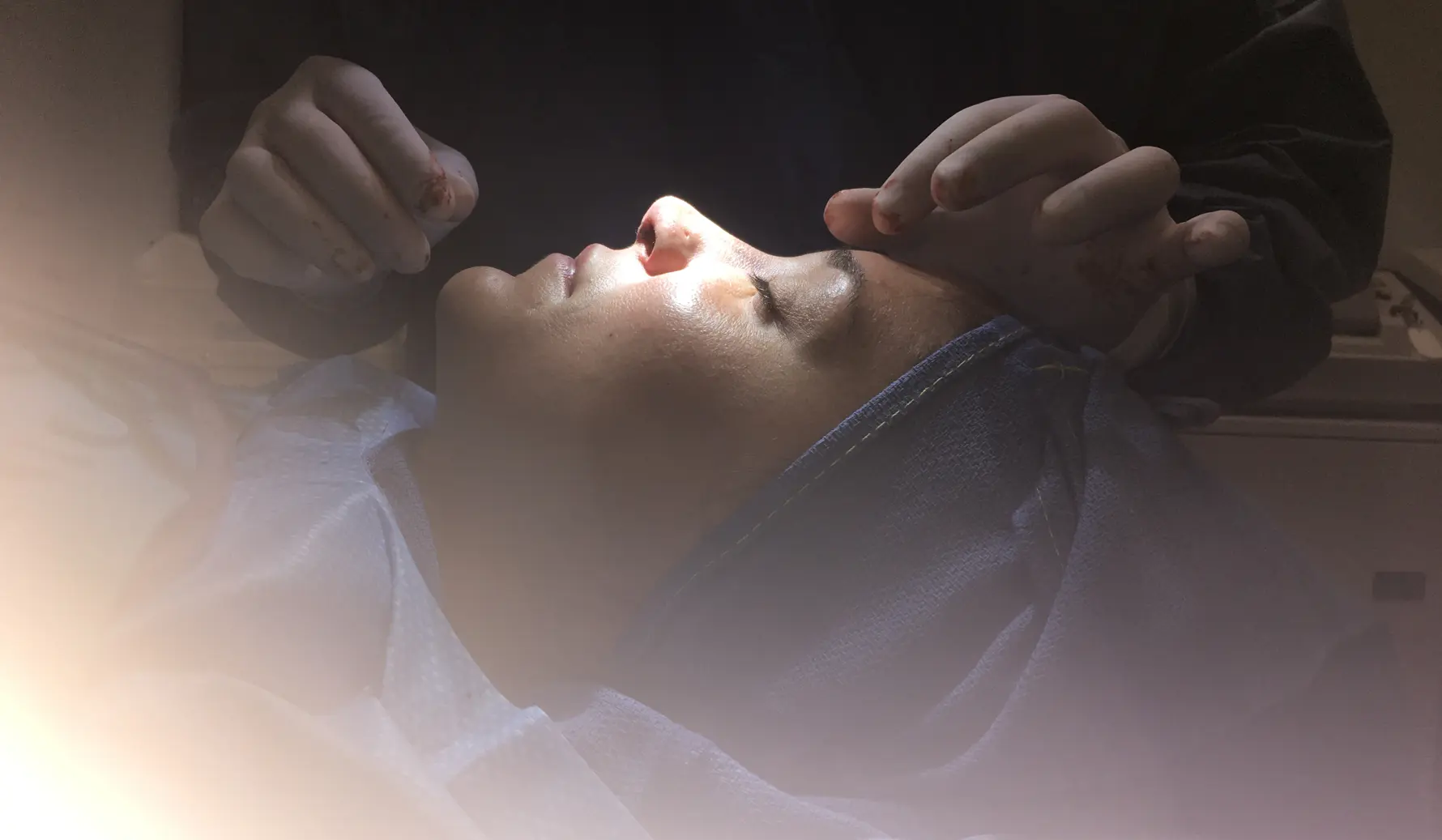
At our practice in Miami, FL, Rhinoplasty is our top procedure, attracting patients from all over the United States and even some from other countries. Often referred to as a “nose Job”, Rhinoplasty is one of the most complicated surgical procedures. When performed properly, it’s also one of the most gratifying procedures for both Dr. Z and his patients. As a leader in facial aesthetics, Dr. Z has years of experience performing rhinoplasty, revision rhinoplasty, and non-surgical nose treatments.
We strive to provide some of the best rhinoplasty results in Miami, while always practicing patient safety and honesty. While there are different variations of the surgery, it’s important to understand the procedure and all of the options available. The goal of this page is to provide patients with an easy-to-understand, yet comprehensive understanding of the surgery and its surrounding details.
BEFORE & AFTERS
Peruse Dr. Ruslan Zhuravsky’s patient photo gallery to view his work and artistry on facial procedures like Rhinoplasty, Facelift, and more.
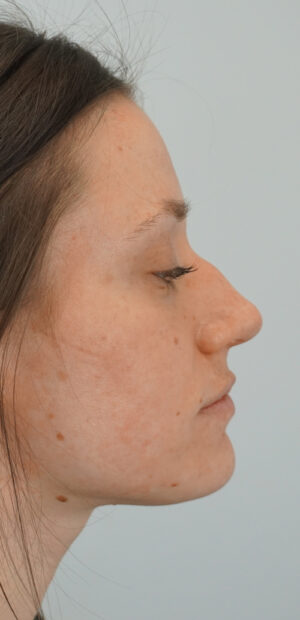 before
before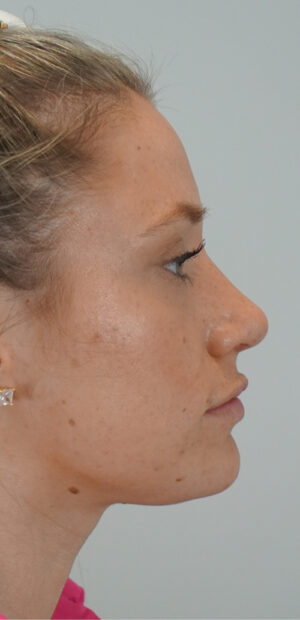 after
after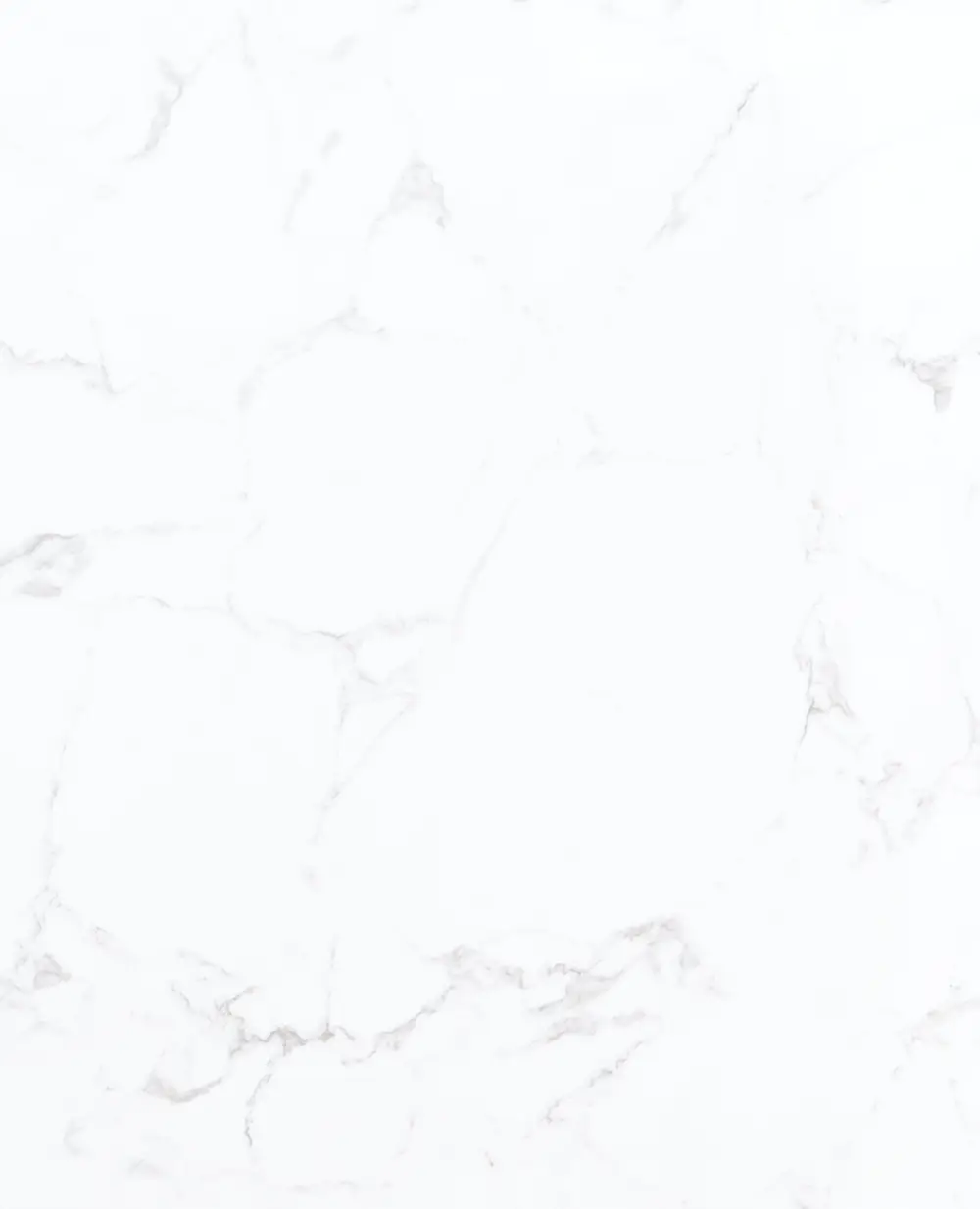

The terms rhinoplasty and “Nose job” are interchangeable, and both refer to surgery that changes the shape and appearance of the nose.
The DETAILED answer:
A good cosmetic nasal surgery consists of many different steps, techniques, and maneuvers that are highly specific to each patient’s desired outcome and anatomy. The details of these steps and techniques require a large textbook, but there are different ways to change the shape of the cartilage and bones that make up the nose.
Patients often get confused or swayed by terms like open rhinoplasty, closed rhinoplasty, incision-less rhinoplasty, nonsurgical rhinoplasty, and preservation rhinoplasty. These simply describe the general approaches to surgical rhinoplasty. The differences are described in a separate section but the main take home for patients is that these are mostly surgeon preferences and do not guarantee any particular results or outcomes. Non-surgical and liquid rhinoplasty changes the nasal shape with filler injections and is also described in more detail further down.
A good rhinoplasty delivers the patient’s desired changes, appears natural to one’s face, avoids the classic unwanted appearance of a rhinoplasty, and maintains or improves nasal function.
The DETAILED answer:
The goal is to create a great-looking nose that does not look like it was operated on, and that fits in naturally with your facial features. Even with dramatic changes, our patients often report that their friends and family compliment them on how they look but are not able to tell what has changed unless they look at their pictures side by side. This means that when others look at the face, the nose does not draw instant attention from something like an over-scooped bridge, pinched tip, or piggy appearance. The nasal function is also important and must be taken into consideration. If the integrity of the external nasal structure is not maintained, breathing issues can become a big problem for patients.
The most common fears are fake/botched results, pain, and general anesthesia. The classic overly done collapsed, scooped out, thin bridged, and /or “piggy” appearing nose is preventable. The pain is not as bad as it sometimes looks in pictures. For those who do not want general anesthesia, Dr. Z has developed a way to perform awake rhinoplasty with just oral medications and local numbing, avoiding the need for patients to be unconscious or have a breathing tube.
The DETAILED answer:
Each of these topics is covered in more depth in the FAQ section below.
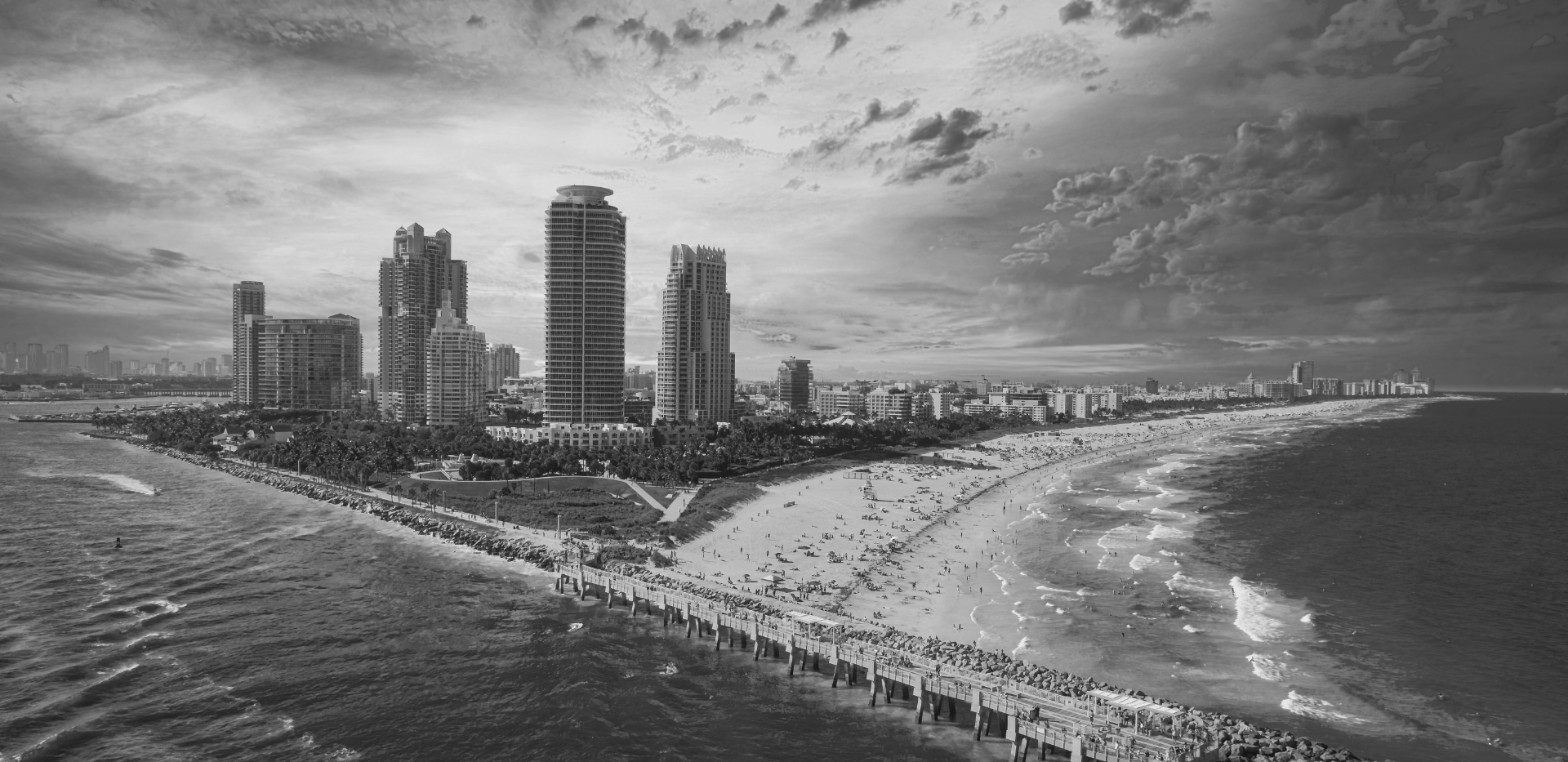
The nose consists of two nasal bones that make up the upper part of the nose, two flat cartilages that make up the middle section, two curved cartilages that make up the tip, and the upper septum which supports them in the center.
THE DETAILED EXPLANATION:
The anatomy is better understood with visual assistance and may help to refer to the picture as you read. The upper portion of the nose between the eyes consists of two nasal bones. They can be thought of as a tent, with the peak being the bridge of the nose. Further down, toward the middle portion of the nose, the bone transitions into cartilage. You can feel where the hard bone transitions to soft cartilage. This central portion of the nose is made from two flat cartilages that continue the tent-like shape. Unlike firm bones, the cartilages is softer and more flexible, opening the possibility for issues with breathing with inadequate support.
The septum, as described above, runs down the middle of the nose, and in addition to acting as a wall between the two sides, it also acts as the main support structure for the bridge. It is the central pole of the tent in our analogy. The lower part of the nose is the tip, and this is made from two curved cartilages, shaped like arches on each side, almost like the arches of the letter “m”.
The most important thing to understand about these structures is that although it seems like there are just a few pieces to this puzzle, the reality is that each of these components can vary to a great degree in their size, positioning, orientation, shape, thickness, rigidity, and relation to each other. This leads to a very high degree of variety that we may find in every nose. Add that to the variability in skin thickness and surrounding facial structure and you can see why every single nose is so unique and why rhinoplasty cannot be performed by a simple generic procedure.
The nose is the centerpiece of the face. Its shape and size should fit in harmony with the rest of the facial features. The issues that bother most people draw extra attention to the nose. This includes characteristics like the nasal “hump”, full tip, and drooped tip, as well as features of an overly done nose from bad rhinoplasties.
THE DETAILED EXPLANATION:
Although they appear simple, nasal structures can be very complex. It’s important to understand why each area looks the way that it does, and how all the areas interact for the overall appearance.
For example, many patients complain that their nasal tip hooks downward, but in reality, once the hump is removed the nose can look too elevated and require a down rotation to look natural. Many patients want a more narrow nasal bridge, but if it’s too narrow (especially on wider faces), it can look unnatural. A wide nasal tip can be caused by wide lower lateral cartilages, which would require trimming and narrowing sutures to produce good results. However, if the tip is wide due to convex-shaped cartilages or cephalically positioned cartilages, this approach can be detrimental to appearance and function. When narrowing the tip, the best Rhinoplasty surgeons pay attention to the effect it has on the nostrils, avoiding a wider or elevated appearance due to lack of support.
These are just a few of the many examples. It is very important to see these changes on morphed images and make sure the final result is something that would make you happy and look natural.
Septoplasty is primarily a surgery to correct a wall inside the nose (the septum) that can obstruct breathing, while rhinoplasty is surgery to change the external structure of the nose.
The DETAILED answer:
The nasal septum is the central wall inside the nose that separates the two sides of the nose. If you put your finger in your nose, that smooth part you feel in the middle is the front of the septum. This “wall” runs to the back of the nose. In many cases, the septum is not a perfectly straight wall and often bends more to one side. It can even bend more to one side in one section, and back to the other side in another section.
This bending of the septum is referred to as a deviation and is thus called a deviated septum. The best way to visualize this is to imagine the nose as a long hallway. Now imagine a wall going down the middle that divides this hallway into two sides. If that wall is not straight and bends more to one side, then that side will be more narrow.
Septoplasty straightens these segments to create more space for breathing. Most (good) rhinoplasties will involve a septoplasty as this can contribute to the visual deviation of the nose and is also the best source of cartilage needed for a majority of (good) rhinoplasty cases.
Patients who are in generally good health with achievable and realistic expectations.
The DETAILED answer:
Rhinoplasty is an elective cosmetic surgery so medical conditions that can increase health risks should be avoided. Conditions or medications that can interfere with healing, increase bleeding, or risk infections should be avoided. Those with diagnosed or potential body dysmorphic disorder should first see a therapist. Otherwise, most patients with reasonable requests and expectations are typically good candidates.
The best way to determine candidacy is to discuss your desired outcomes with a qualified plastic surgeon and review morphed images. Those who feel the surgeon understands and can achieve their desired outcomes, as well as happy with the morphed images are generally good candidates. Patients who are not sure if the morphed images convey their desired outcome or are still unhappy with their appearance may not be good candidates.
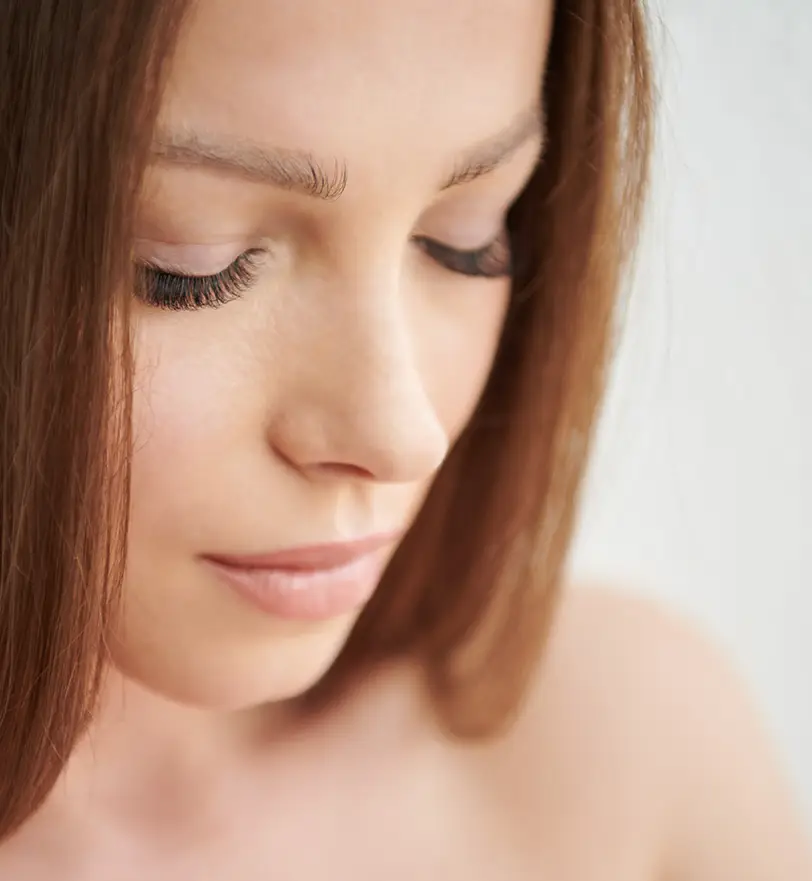
A good rhinoplasty delivers the patient’s desired changes, appears natural to one’s face, avoids the classic unwanted appearance of a rhinoplasty, and maintains or improves nasal function.
There are 4 main components that are critical for a successful rhinoplasty.
This should leave the patient confident that the surgeon clearly understands their desired outcome, and is skilled enough to accomplish it.
Everyone has their own anatomic configuration. It is very important to understand the shape, size, position, and orientation of nasal bones and cartilages that are responsible for each person’s nose. The shapes and appearances of the noses we see can be for many different reasons and each is addressed slightly differently.
If each nose was treated with the same few basic techniques, some might turn out fine, but the majority would fall short of good results or even turn out botched. There is a great variety of techniques that we can use to change the shape of the nose, and it is important to know how we combine these for the best results. Rhinoplasty is like a puzzle, you have to use all your resources and ongoing critical thinking to solve it.
Knowing the right answers is not enough. Some techniques and maneuvers take a great deal of time and effort to perform. The surgeon must not only know the right techniques and be able to perform them well, but must also be willing to dedicate the effort.
A good consultation is the first critical step to a successful rhinoplasty. There is a lot that happens during the consultations, or at least a lot that SHOULD happen. Here are several important aspects that you should look for:
You want to make sure that both you and the surgeon are clear on what results will make you happy. This is greatly facilitated by computer morphing software, which allows the surgeon to show you what they think you are describing, and also to allow you to see what the nose would look like on your face. It also allows surgeons to advise you based on your desires, facial aesthetics, and their experience. Dr. Z refers to this as a collaborative process between the surgeon and the patient.
The surgeon should explain what they see to be the underlying anatomic issues of your nose, and how they plan to change them in order to achieve your results.
It’s not just about liking the surgeon’s personality. Sales people have great personalities, but they’re goal isn’t always for what is in your best interest. Make sure you feel that the surgeon truly cares about getting the best results possible, and is willing to put in the necessary time and effort.
The cartilage and bones that give the nose its shape are altered to produce the desired outcomes.
The DETAILED answer:
There is no one set way of performing a (good) rhinoplasty in that each case is unique and requires a different set of techniques. A good rhinoplasty is less like a standardized set of steps and more like a creative puzzle-solving task. In both open and closed rhinoplasty, the skin is elevated from the cartilage and the bone. The surgeon then performs the necessary techniques to achieve the desired results. These techniques are all different ways of changing the size, shape, and orientation of the nasal bones and cartilage. Nasal bones are usually shaved to reduce the classic dorsal hump.
They must then be brought inward by creating precise cuts, which is often referred to as “breaking the bones”. This is a small part of the entire process and not nearly as traumatic as patients imagine. Cartilage techniques involve cutting, folding, rearranging, reshaping, and reinforcing primarily by using cartilage from the septum and dissolvable sutures. At the end of the case, the skin is laid back down and the incisions inside the nose are closed with dissolvable sutures.
The incision under the nose is closed with 5 tiny sutures that are removed in 1 week. If nostril reduction is required, it is performed as the last step. There are a few variations in nostril reduction techniques but all require a small part of the nostril (approx 3-5mm) to be excised and sutured. A splint is placed on the outside of the nose at the end of the case. Dr.Z does not use splints or packing inside the nose.
Our awake rhinoplasty is unique and not the same as advertised by many others. This is NOT IV sedation, it is truly an awake procedure that uses mild medications for pain relief and relaxation while numbing the nose entirely. Patients are awake, and able to speak and breathe throughout the procedure without feeling the surgical pain. This is similar to a dental procedure but patients do not have to keep their mouths open and there is no drilling involved. Dr. Z has developed and evolved this method for the maximal safety and comfort of the patient.
The DETAILED answer:
A safe but effective amount of pain reducers and anti-anxiety medications are given approximately 1 hour before the procedure. During this time, topical numbing ointment is applied on the outside and inside of the nose. Once patients are comfortable and numb, additional numbing is injected with a very small needle. Thanks to the oral medications and topical numbing, these injections are typically very well tolerated with a very quick (1-2 seconds) stick and burning type sensation.
Once the injections are completed, the entire nose and surrounding area are completely numb. Patients often say they feel like they have a “big rubber nose” that is not theirs. At this point, even the most nervous patients begin to relax as they see for themselves that they cannot feel surgical pain, including the notoriously feared part of “breaking the bones”. Some patients take a nap, others lay calmly with their eyes closed listening to music, and yet others converse with us throughout the entire procedure.

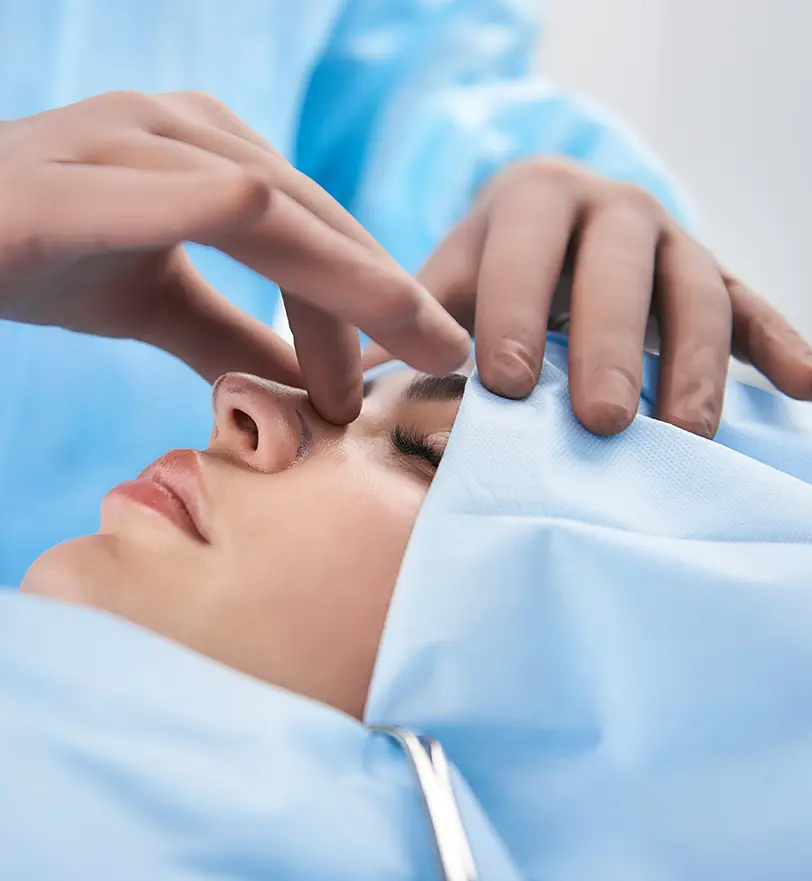
When looking for a Miami rhinoplasty surgeon, it’s important you feel comfortable with his expertise and personality. Dr. Z is a board-certified facial plastic surgeon, meaning he’s an expert in facial aesthetics. Dr. Z is passionate about his craft and believes that extended training and learning are life-long responsibilities. He prides himself on offering his patients effective and up-to-date procedures that are the most appropriate for their specific needs. Dr. Z is an active member of the American Academy of Facial Plastic & Reconstructive Surgery (AAFPRS) and believes in continued education.
The cost of a rhinoplasty in Miami is going to vary widely. As far as we are aware, the range in the US can be as low as $4,000 or as high as $25,000, with some outliers above and below those amounts.
The DETAILED answer:
Price is a spicy topic. Of course, we all want a good deal and not overpay, or we might have certain financial constraints. However, it is VERY IMPORTANT not to choose your rhinoplasty surgeons based solely on price. This can result in problems that will cost more in the long run as revisions are more difficult and more expensive. If financial constraints is limiting you to surgeons that you do not feel comfortable with, it is much better to wait, keep looking, and save until you are confident that the surgeon is right for you.
As the economy, demand, and world change, so does pricing, usually increasing with time. Thus we do not disclose our pricing directly online to avoid false promises or confusion, but we will be happy to discuss it if you give us a call. We maintain our price at a very competitive rate for the high level of care and expertise that we provide, keeping us near the middle of that range. After your initial consultation, we will be able to provide you with a better understanding of the total cost.
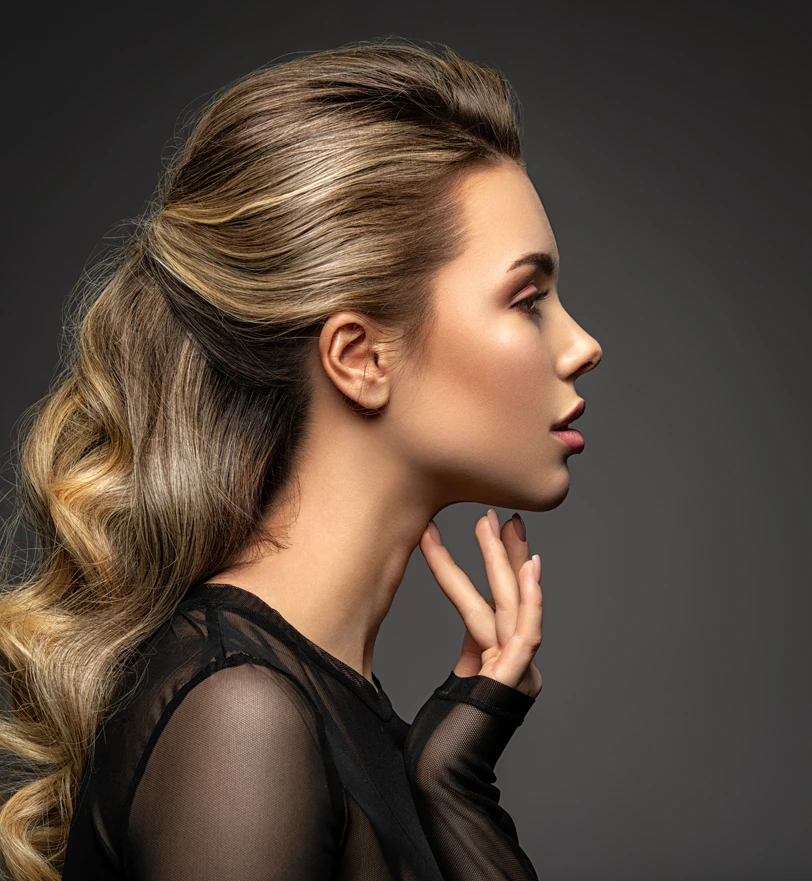
Closed rhinoplasty involves several incisions inside the nose. Open rhinoplasty requires some of the same incisions inside the nose, plus one small incision underneath the nose to gain better visualization.
The DETAILED answer:
There is a controversial debate amongst the rhinoplasty community regarding which method is better and which is well beyond the scope of this page. The most important take-home for patients is not to choose based on the open vs. closed, but to choose the surgeon that will give you the best results. Closed rhinoplasty usually requires more incisions inside the nose, while open rhinoplasty uses some of the same incisions with the addition of a small incision on the underside of the nose.
Although I perform both types, my personal preference is generally for the open approach (in most cases) as it allows for more precision and thus better results in my opinion. I find that I do not have to stretch the skin and cartilage as much, and can perform more specific techniques with the open approach, especially for the tip region. The only difference to patients is the incision on the bottom side of the nose, which heals extremely well and has never been an issue for any of my patients. I generally reserve the closed technique for small dorsal hump reductions, as long as the nose is not significantly deviated.
Liquid rhinoplasty involves the use of dermal fillers to alter the shape of the nose, giving instant results with a quick in-office procedure. Although the results can sometimes be very similar to those of surgical rhinoplasty, other times they either fall short of what can be accomplished surgically, or patients may not be good candidates. Additionally, liquid rhinoplasty is temporary, lasting 9 – 15 months. When considering liquid rhinoplasty, it is very important to consult with not only a qualified injector but one who has a lot of experience with noses specifically.
If unsure which procedure is better, we advise a consultation with a rhinoplasty surgeon to review the level of augmentation that is possible for your particular nose with filler vs. surgery. Dr. Z believes in giving patients the critical knowledge they need to help make that decision. Patients fall into 3 general categories based on their current anatomy and desired outcomes. Those that are great candidates will get results that are very close to those possible with surgery. Moderate/average candidates are those who get good results and have a nose that has significant improvement but still falls short of what surgery can accomplish. Poor / non-candidates are those that have features that cannot be changed with filler, and in fact, would likely make the nose look worse. This is described in more detail on our dedicated liquid rhinoplasty page.
Rhinoplasty is an outpatient procedure, so you will be able to return home after you are released from our care. The recovery is typically less dramatic than most people imagine, lasting approximately 7 days, and varying amongst patients in regards to pain, swelling, bruising, and bleeding. A vast majority of patients are on regular Tylenol the very next day. Swelling and bruising typically begin to improve on day 3 with socially acceptable levels by day 7. Bleeding is usually just one day.
The DETAILED answer:
After surgery, the numbing begins to wear off and a pressure-type pain sets in. Patients are given a single dose of a painkiller and advised to stay ahead of the pain by taking a single dose every 4-6 hours until bedtime. Dr. Z may change these instructions depending on the patient and their level of pain, as those who experience less pain might be instructed to change to regular Tylenol, and those with more pain to take two pills. Almost all patients switch to Tylenol by the next day. It is VERY IMPORTANT to AVOID taking Tylenol and prescription pain medications at the same time, as they both contain Tylenol (acetaminophen) and can lead to overdose. All other pain medications are to be AVOIDED unless cleared by Dr. Z.
The amount of swelling and bruising varies but in all cases this increases during the first 24-48 hours, with the most amount of swelling typically in the morning after surgery. In some cases (with work high on the nose i.e. Radix) patients may even have swelling of the upper eyelids. This begins to improve on day 3, subsiding at varying rates thereafter and leaving most patients with mild to moderate swelling, appearing socially acceptable by day 7. A few patients may notice that their swelling falls into the lower face around day 5, giving a full lower cheek appearance.
Bleeding occurs primarily during the first day of surgery and the quantity varies. Patients wear a small piece of gauze, called a mustache dressing under their nose to catch the bleeding. This is typically changed out for a fresh piece of gauze 1-4 times depending on the quantity of bleeding. While most bleeding subsides by the next day, patients often have a mild runny nose and may choose to use the mustache dressing to avoid constant wiping.
Dr. Z typically calls his patients on the evening of the surgery to make sure they are doing well. The majority do very well with minimal pain and bleeding, feeling overall well. Some experience pain that requires additional pain medication, and others may experience nausea (more likely with general anesthesia but also possible with local awake cases as well).
Patients are strongly encouraged to continue ice as instructed during the first 48 hours to help reduce swelling, pain, and bleeding.

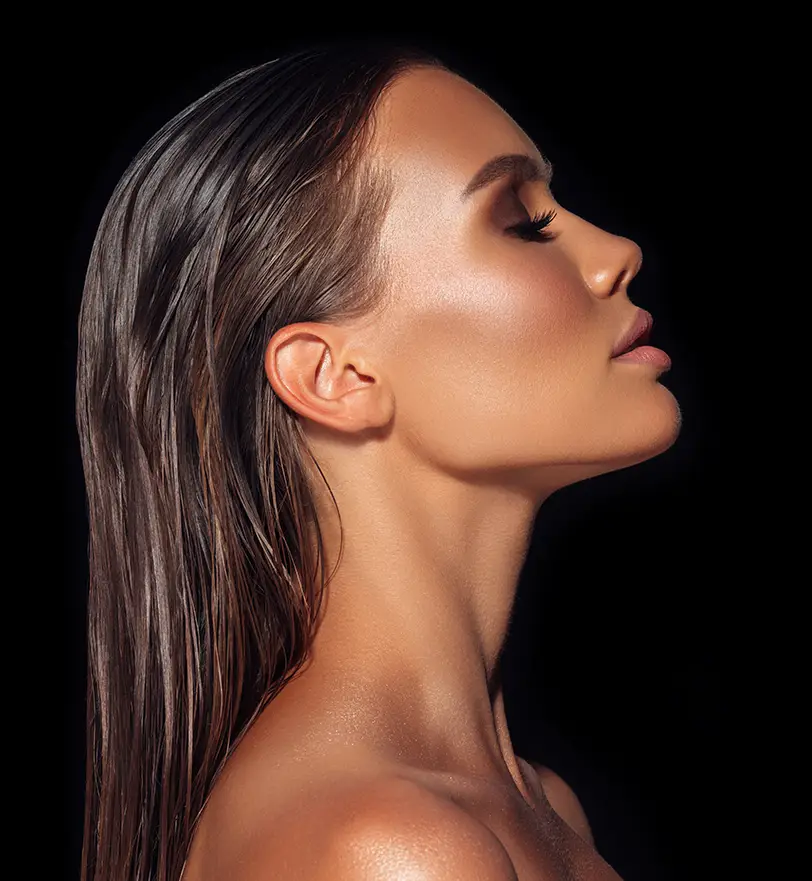
There isn’t a good short answer for this one. Our patients usually tell us that they spent a long time looking for the right surgeon, sometimes for many years. It comes down to seeing/liking a surgeon’s results and having a good thorough consultation with them. You have to feel confident that the surgeon understands your desires, knows how to achieve them, and is willing to put in the work to get those results. Knowing a surgeon’s past patients and seeing their work directly in real life is also helpful.
Social media and websites can give an idea of the surgeon’s work, just make sure to look at the details, not simply that a bump is gone or that a nose is smaller. Make sure there are no unnatural creases, nostril retractions, odd proportions, or areas of collapse. If you do not feel that the surgeon has the right idea of your desired results, cannot explain what needs to be changed to achieve those results, may not want to take extra time if needed to get the best possible results, or simply don’t have a good feeling about them, then it is best not to go with that surgeon. Keep in mind that revision rhinoplasty is more difficult, more expensive, and does not always allow for the same results as those that could be achieved on the first go around.
Surgical results depend on 3 critical aspects. The first is clear communication that allows the surgeon to understand the patient’s desired outcome. This is greatly facilitated by morphing software, which Dr. Z finds to be essential. As the surgeon and patient sit down to morph the images they can see and discuss the changes directly, making the goals much more obvious than simply saying “I want the bump gone” or “I want a refined tip”. Morphed images allow the surgeon to demonstrate how those changes would look, and understand the degree of change that the patient imagines for themselves.
The second aspect is the surgeon’s ability to understand (diagnose) the anatomy of the patient’s nose and the techniques that are required to alter that anatomy into the desired shape. As a patient, it might be hard for you to determine the surgeon’s true knowledge or ability but there are some things you can ask to help give you an idea. Ask why certain features look the way they do and how those can be changed. Ask how you can avoid unwanted features like an uneven or overly scooped bridge, retracted nostrils, pinched tip, or collapsed nasal valve. DO NOT interrogate surgeons, as they will likely not respond well, but ask these questions out of curiosity and interest.
Remember, the basic or generic one-size-fits-all rhinoplasty is rarely the ideal choice. There is more to it than simply cutting off the dorsal hump, whether with an osteotome, rasp, or powered device …. You must also find a way to recreate a smooth bridge, usually using spreader grafts or auto spreader grafts. The tip can sometimes be treated “simply” by cutting away some cartilage and using sutures to refine it, but make sure your tip does not have excessively convex or cephalically malpositioned cartilage in such a case, as it could lead to very poor results. You are not going to learn everything there is to know about rhinoplasty from this page, but hopefully, it gives you at least some ideas to avoid potential pitfalls.
The last aspect is whether the surgeon has the willingness to do the right thing, even if it means taking more time and using more complicated techniques. This is something that you simply have to feel out when meeting the surgeon. There are easier and faster ways to do a rhinoplasty, and these will occasionally work out just fine. However, I find that in many cases there is a way to get better results by using a more time-consuming technique, or even removing your sutures and redoing a certain technique a little differently. Of course, perfection is hard if not impossible to achieve, but a reasonable effort should be made to get the best possible result, despite the amount of time or effort that it may require.
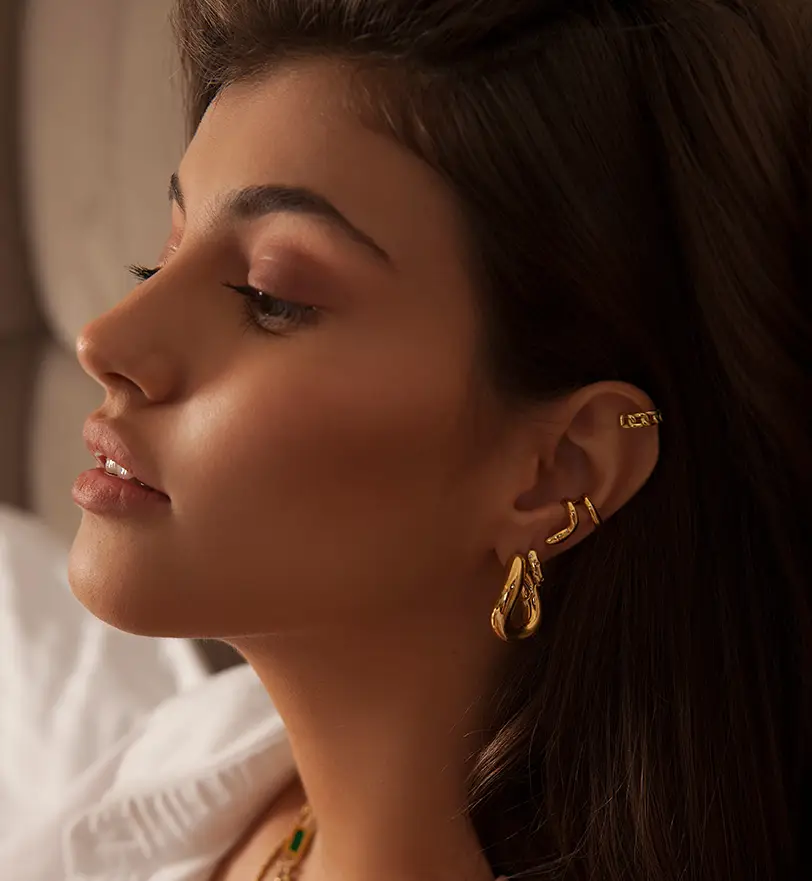
If you’d like to book a consultation with Dr. Z for Miami Rhinoplasty surgery, please call our office today. Our practice is in Aventura next door to the renowned Aventura Mall. We see patients from many different states, with most coming from all over southern Florida, including but not limited to Fort Lauderdale, Sunny Isles, Aventura, Miami, Westin, Plantation, and Boca. Dr. Z Prefers to meet and examine his patients in person but also understands that it is not always possible for those located great distances away. Virtual consultations can be arranged for out-of-state patients and those over 2 hours away.